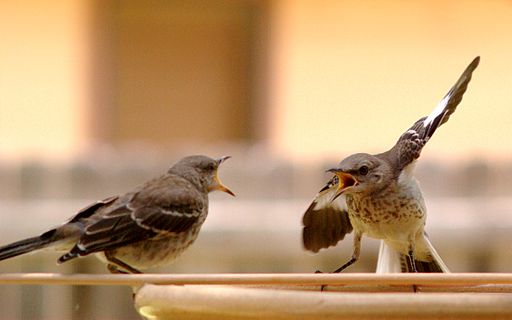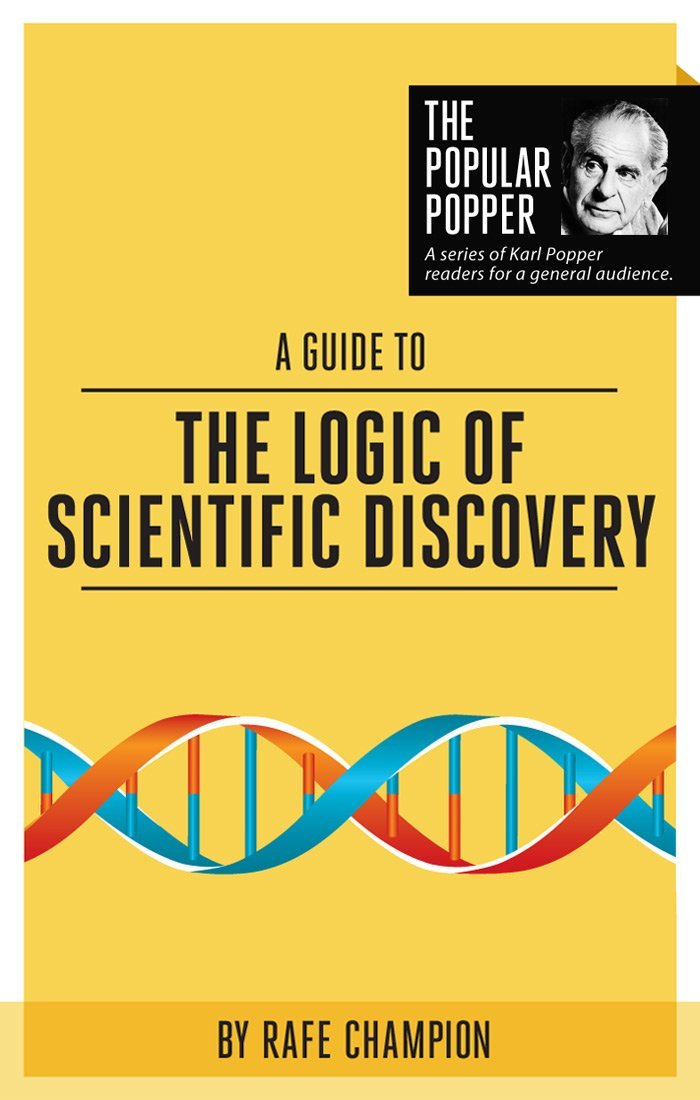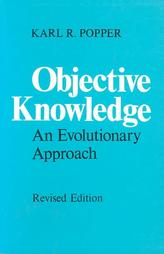Very interesting papers by Hamming and Mills. The Hamming piece is a summary of key points from a longish lecture which is well worth a look if you are actually engaged in research (Google Hamming+your research). The Mills contribution is an appendix to his book The Sociological Imagination, it is also rather long but he makes many important points which I will summarize.
Hamming observed many outstanding thinkers at close range, notably Feinman and others in the Mannhattan Project to build the atomic bomb and Shannon (a great pioneer of information theory) when they shared a room at the Bell Telephone Laboratories.
His advice in a nutshell: Work on the right problem at the right time in the right way.
It is essential to work on the important problems in the field at the time, so the best scientists will have a list of those problems, they will constantly review the list to re-set priorities, and they will focus on a problem where there appears to be an opening or an “attack”, as he called it. For example a friend in Adelaide in the 1960s did his doctoral thesis to develop the technique of thin layer chromatography to explore the matabolism of drugs by white cells, he was not a great scientist but he and his supervisor cornered a niche in the field by quickly developing the technique to work on some important problems in immunology.
Keep good company, that is people who are themselves working on major problems and who are willing to share ideas about them.
On personal traits, he nominated high levels of activity and energy, emotional commitment, willingness to go “the extra mile”, courage and the ability to tolerate ambiguity.
When the work is done, then there is a need for selling, something that many scientists find beneath them. The good scientist will become expert in three types of presentations, first the major paper (preferably in a high impact journal), second the short summary presentation and the “on your feet” contribution in the heat of discussion at conferences and seminars.
Moving on to C. Wright Mills “On Intellectual Craftsmanship“. This is written for serious scholars and researchers who regard themselves as a part of a classic tradition, for whom “soial science is the practice of a craft”. The practice of this craft is an integral part of life; “scholarship is a choice of how to live as well as a choice of a career”.
This calls for serious organization and a certain amount of “life planning”, starting with a set of files which function like the journal of the creative writer. In the file “there is joined personal experiences and professional activities, studies under way and studies planned”. The file has to be under constant review, storing personal experiences and drafts of material that will eventually find their way into project plans and publications.
As for plans, he deplored the usual practice of planning in the course writing grant applications. These are more like PR than serious planning, angling to get funds for topics that are deemed “politically correct” (not a term he used) or “trendy”.
A scientist in full flight should have so many plans, or ideas, that the problem is – which to work on at any given time? “He should keep a special little file for his master agenda, which he writes and rewrites just for himself and perhaps for discussion with friends. From time to time he ought to review this very carefully and purposefully, and sometimes, too, when he is relaxed.”
Three interludes
In a flourishing intellectual community there will be interludes of discussion about future work.
“Three kinds of interludes – on problems, methods, theory – ought to come out of the work of social scientists, and lead into it again; they should be shaped by the work in progress and to some extent guide that work”.
As work proceeds over the years and decades the files will multiply into sets and subsets reflecting work that is being completed and published, work in progress, work that is seriously planned and more nebulous and speculative ideas that may bear fruit if an “attack” turns up.
The files will contain masses of notes based on reading and Mills explained the various types of reading, and the various types of notes that are required at the different stages of a project, illustrated by his own series of books on the various strata of US sciety, possibly inspired by the French novelist Balzac who set to write stories about life at levels of society in France at his time.
As to the conditions of work, like Hamming he commented on the need to cultivate good friends and professional associates, people who will listen and talk, even including imaginary characters!
“I try to surround myself with all the relevant environment- socia and intellectual – that I think might lead me into thinking well along the lines of my work. That is one meaning of my remarks above on the fusion of personal and intellectual life”.
One of the tasks of research in sociology as Mill practiced it is to shuttle back and forth between the classic work in the field and the contemporary literature. Out of this dialectic comes the quest for information to test his ideas. He was under no illusion about starting with facts and one of the chapters in The Sociological Imagination is a crushing critique of “Abstracted Empiricism”. Another chapter is an equally devastating criticism of “Grand Theory” that is not controlled by testing.
“There is no more virtue in empirical inquiry as such than in reading a book. The purpose of empirical inquiry is to settle disagreements and doubts about facts, and thus to make arguments more fruitful by basing all sides more substantively. Facts discipline reason; but reason is the advance guard in any field of learning“. (my emphasis).
Of course he was using reason in the broad sense to include imagination and the use of the mind in all sorts of ways.
Writing: themes and topics
Mills addressed the task of writing up the book (which he assumed to be the outcome of the project) in terms of themes and topics (a distinction which he picked up from a great editor, Lambert Davis). A topic is a subject which might be treated in a chapter of the book. The order of chapters brings up the issue of themes.
“A theme is an idea, usually of some signal trend, some master conception, or a key distinction, like rationality and reason, for example. In working out the construction of a book, when you come to realise the two or three, or as the case may be, the six or seven themes, then you will know that you are on top of the job. ”
These themes will keep turning up in connection with the different topics, they may appear to be repetitious, they may at first be clotted and confused in the more badly written parts of the manuscript.
“What you must do is sort them out and state them in a general way as clearly and briefly as you can…cross classify them with the full range of the topics…At some point all the themes should appear together, in relation to one another…maybe at the beginning of the book, certainly near the end…It is easier to write about this than to do it, for it is usully not so mechanical a matter as it may appear…Sometimes you may find that a book does not really have any themes. It is just a string of topics, surrounded of course by methodological introductions to methodolgy, and theoretical introductions to theory. These are indeed quite indispensable to the writing of books by men without ideas. And so is lack of intelligibility”.
Communication
“To overcome the academic prose you have first to overcome the academic pose. It is much less important to study grammar and Anglo-Saxon roots than to clarify your answers to these three questions: (1) How difficult and complex after all is my subject? (2) When I write, what status am I claiming for myself? (3) For whom am I trying to write?”
This is probably the time to re-read George Orwell’s essay Politics and the English Language.
People who are serious about research and writing could do worse than re-visit the Hamming and Mills papers and Orwell’s essay every four or five years to check that we are on track and getting the small things right, as football coaches like to say.







